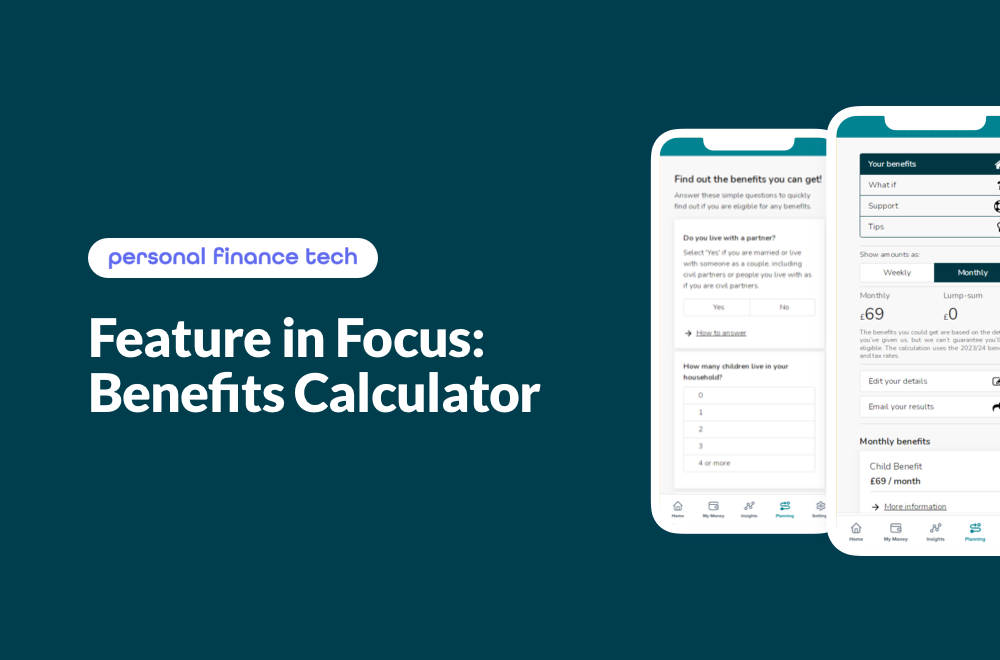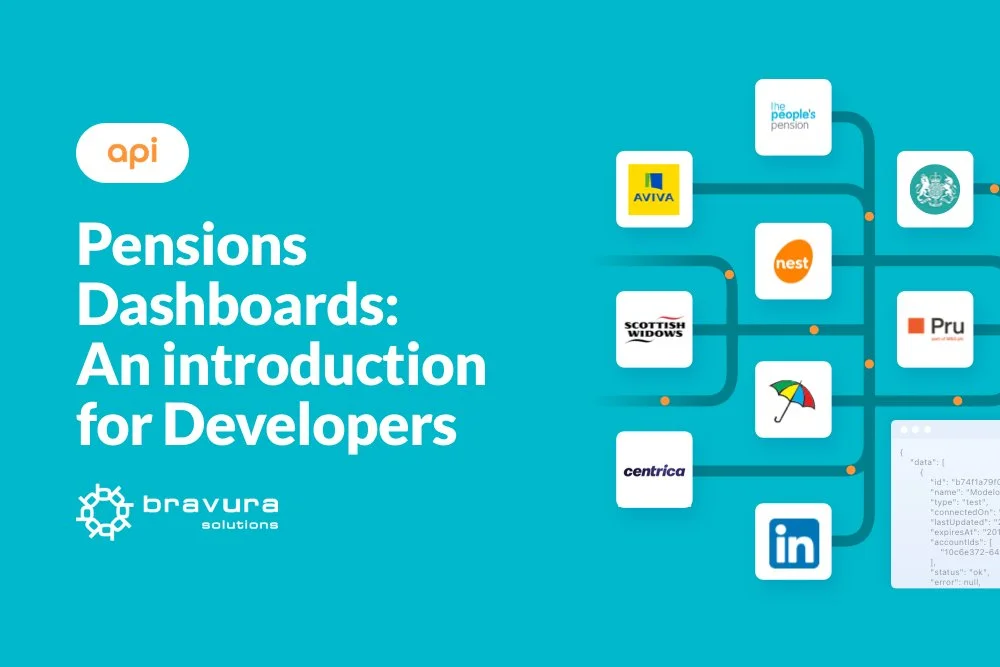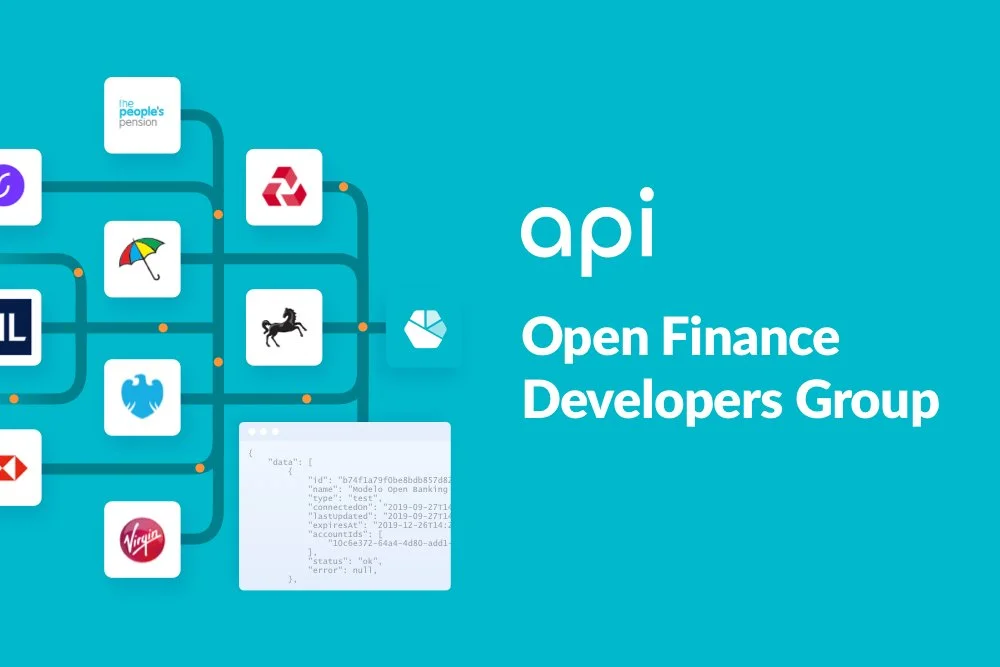We are faced with a rapidly changing financial world. High inflation has been met with increasing interest rates - something this generation hasn’t previously experienced. But even in these challenging times, people should be thinking about how they can take advantage of these changes, and they can.
Many of us are waiting for interest rates to ‘go back down’. To return to the happy, low rates we have become accustomed to. But that just isn’t going to happen. We are returning to “normal rates” and historically low, sub-1% interest rates have been the anomaly. The challenge we have is that over the last 15 years, people’s financial habits have changed and adapted to the low interest rate environment. People have forgotten how to save and we now have a whole generation of adults that have never thought about saving as a necessity (myself included, I graduated from university in 2008 just as the rates were getting cut. For my entire working life I have never been rewarded for saving cash).
We, as an industry, need to help the British public realise their savings potential in this new world.
But how do we undo 15 years of behaviour change? How do we support customers through this new financial reality? Luckily there have been massive advances in Artificial Intelligence, behavioural economics and banking technology (including Open Banking) to help us tackle this problem.
The power of little nudges
Behavioural economics is the key to unlocking savings potential. It can be leveraged to help people make positive financial decisions and design experiences that optimise propensity to save. But before you can nudge anyone, you need to understand them and their financial situation. Nudges need to be well designed, timely interventions with minimal friction to action.
Moneyhub’s nudge technology combines a consumer’s financial data with industry leading financial analytics to understand the most appropriate nudge for a consumer to help them save (or even if saving is the best thing for that individual or not). Open Banking payments and Variable Recurring Payments for sweeping are then utilised to make the act of saving truly frictionless.
There is no “one size fits all” nudge that will be effective for everyone and this is vitally important to understand. Applying the principles of behavioural economics to savings provides a range of options for nudging people.
Examples of nudge interventions include:
The Payday Nudge
The regular savings optimiser
Buy now. Save now (Round-up savings)
The smart financial assistant
The Payday Nudge
By making payday the day that you save your spare cash, you build the habit of saving money without the individual realising.
With consent, Moneyhub’s Open Banking platform can track your day to day finances and identify your payday. It identifies the frequency of your paydays and how much you get paid each time. We then map this pattern against your expenditure to identify when you have spare cash on your payday and when you can afford to sweep cash into savings.
Open Banking payments is then used to easily sweep that money into savings. Variable Recurring Payments (VRP) allows this to be done automatically if consent is given when setting up the rule.
A key principle of behavioural economics is to make the desired action the default option (in this case, to encourage the customer to save). By utilising VRP, the default option is to save spare cash - a powerful driver for increasing savings.
The regular savings optimiser
Some people may not feel comfortable handing the fate of their savings over to the robot overlords quite yet and instead would prefer to opt for the more traditional approach of setting up a regular savings amount. On a certain day of each month a certain amount of money will be swept into your savings account.
This is also a great mechanism for saving, again it sets the default to save each month but it sounds awfully like a Standing Order - what’s so special about that? By utilising Open Banking, customers can achieve exactly the same outcome, but with an intelligent twist or two. When setting up the standing order, you can help your customer identify how much they can realistically save by analysing their banking transactions. Once this regular saver has been set up, you can proactively monitor their finances to identify opportunities to either increase their regular savings (especially if they are also utilising a personal financial management tool to budget more effectively) or even to identify ad-hoc opportunities to sweep a bit of extra spare cash.
Round-up savings
A tried and tested mechanism for getting people to save where they don’t usually is the Round-Up savings proposition. The idea is simple; if you spend £4.40 on your favourite Spiced Nut Milk Latte, your app can round that transaction up to £5 and sweep that 60p into savings.
So far, this proposition has had some limitations, namely the sweeping is not real-time; providers add the round-ups together over the course of a couple of weeks and then sweep one large amount from your account. Which defeats the point of the round-up savings.
Open Banking and VRP allows you to offer this to your customers instantly and seamlessly by leveraging Moneyhub’s APIs.
The smart financial assistant
Some people may require a little more assistance before they can start to put money aside. This is where personal financial management capabilities and smart sweeping combine to help individuals really improve their financial wellbeing.
Moneyhub’s personal financial management APIs help people understand their situation and take control of their finances. Holistic budgeting tools and smart, personalised insights into spending habits help reduce expenditure and create the space to save.
Once people have some spare capacity, smart nudges can identify the additional cash and sweep it into savings.
We are barely scratching the surface on how AI and Open Banking data can leverage behavioural economics to help consumers save. It is vital that in these changing times, people are building up their savings and improving their financial resilience, all whilst avoiding having their cash eroded by inflation. Moneyhub is working tirelessly to improve the financial wellbeing of people across the country and we are opening up our APIs so that other innovative companies can do the same. Learn more about ‘Smart Saving’ and how together, we can help people adjust their spending and saving behaviours, in line with this day and age.
Written by: Jon Hart, API Partnerships Director










